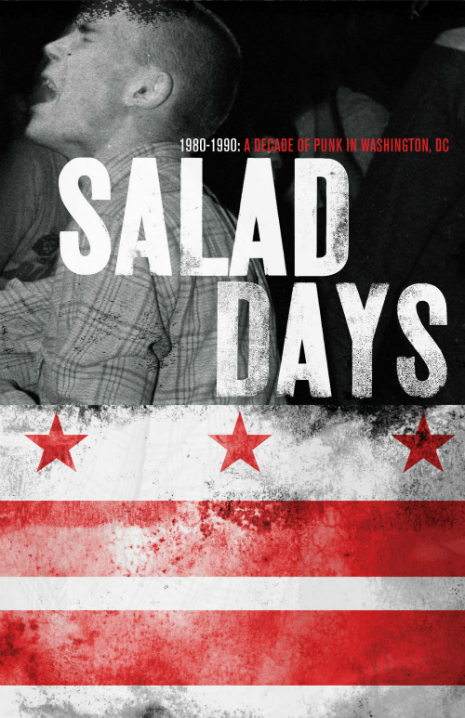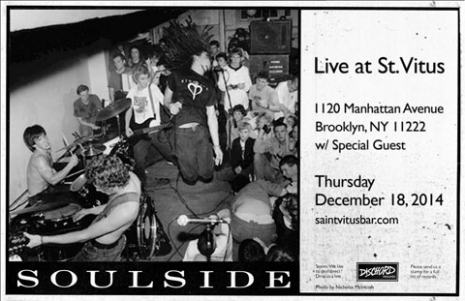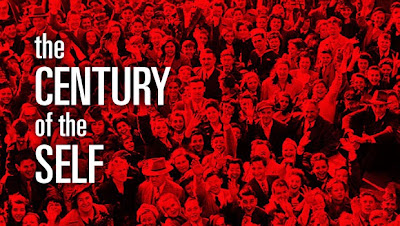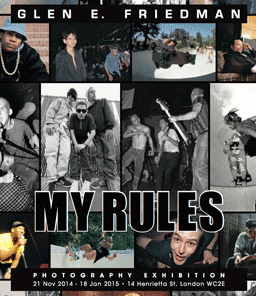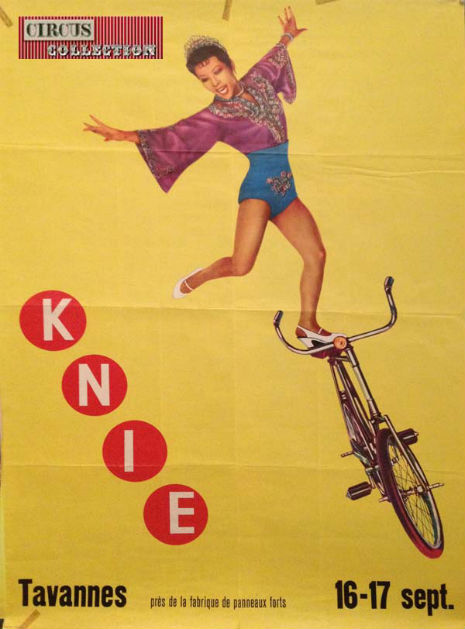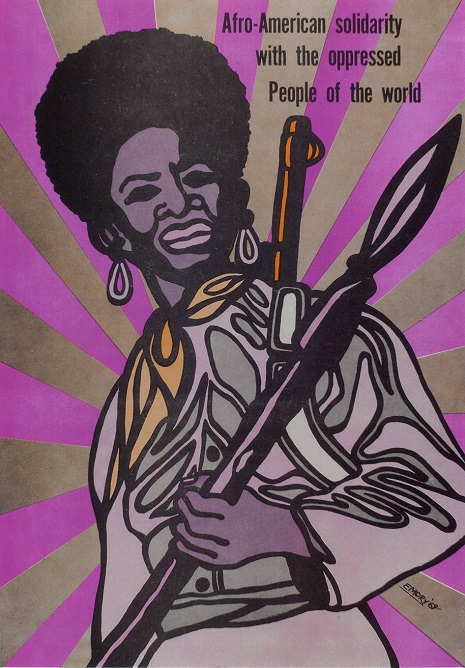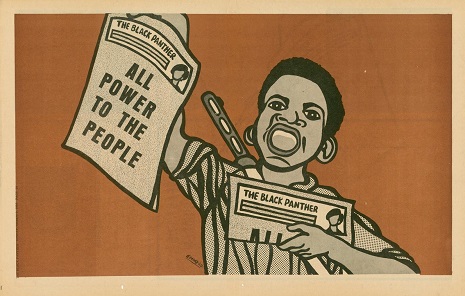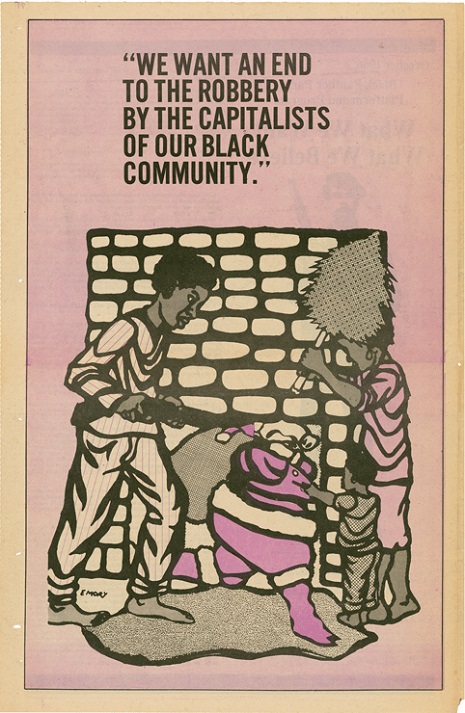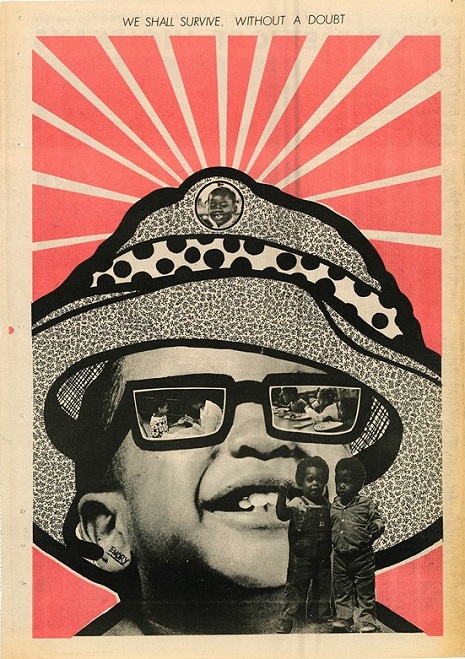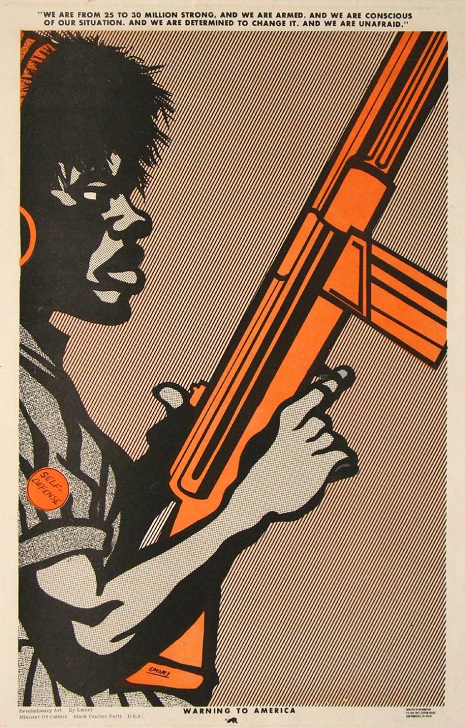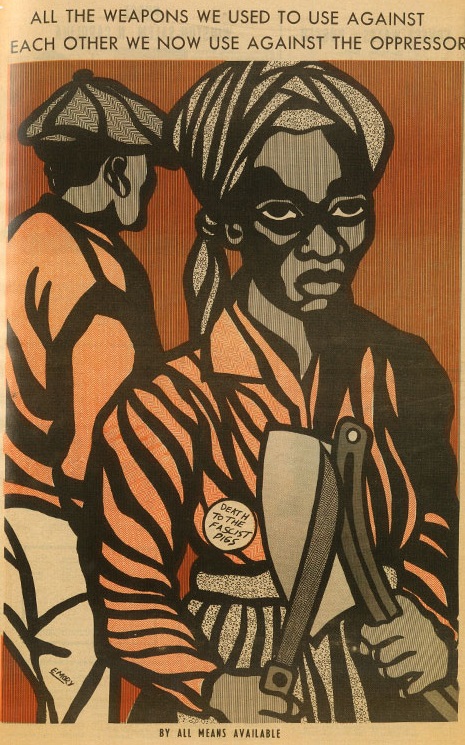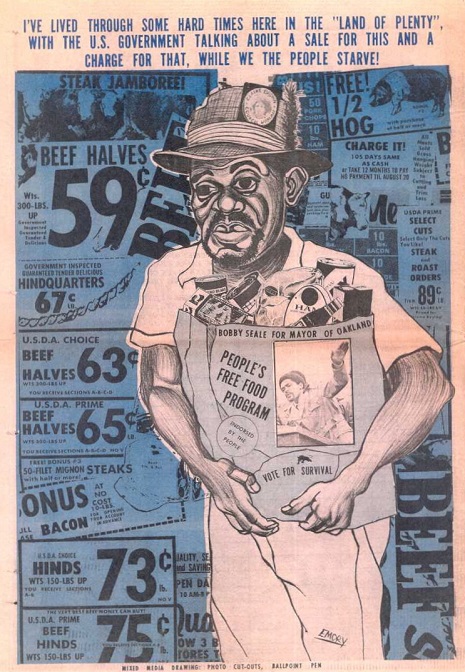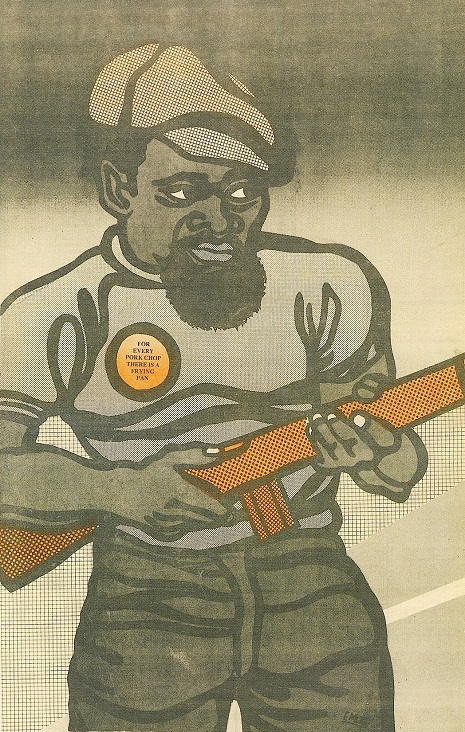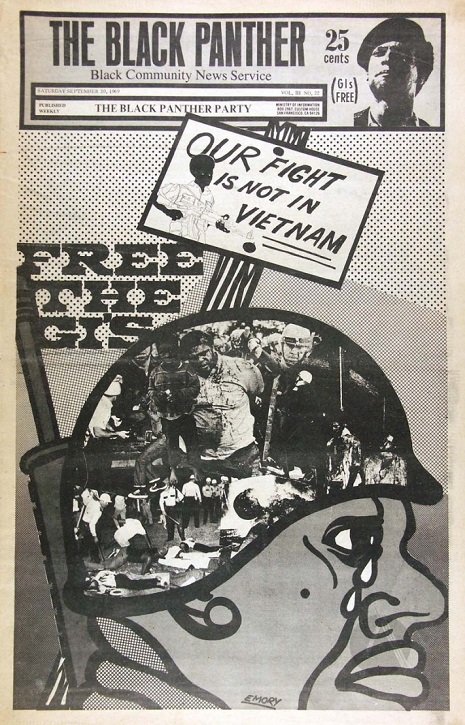from our friend Richard Metzger at
Dangerous Minds:

This is a guest post from Charles Hugh Smith. Read his essays daily at his Of Two Minds blog. Smith’s latest book is Get a Job, Build a Real Career and Defy a Bewildering Economy .
.
Please don’t claim anything changes if one party or the other is in the majority. Anyone clinging to that fantasy is delusional.
If you really think it matters which political party controls the U.S. Senate, please answer these questions. Don’t worry, they’re not that difficult:
1. Will U.S. foreign policy in the Mideast change from being an incoherent pastiche of endless war and Imperial meddling? Please answer with a straight face. We all know the answer is that it doesn’t matter who controls the Senate, Presidency or House of Representatives, nothing will change.
2. Will basic civil liberties be returned to the citizenry? You know, like the cops are no longer allowed to steal your cash when they stop you for a broken tail light and claim the cash was going to be used for a drug deal.
Or some limits on domestic spying by Central State agencies. You know, basic civil liberties as defined by the Bill of Rights and the U.S. constitution.
Don’t make me laugh—you know darned well that it doesn’t matter who controls the Senate, Presidency or House of Representatives, nothing will change.
3. Will the predatory, parasitic policies of the Federal Reserve that virtually everyone from the Wall Street Journal to what little remains of the authentic Left understands has greatly increased income and wealth inequality be reined in? Please don’t claim either party has any will or interest in limiting the Fed’s rapacious financialization. There is absolutely no evidence to support such a claim—it is pure wishful thinking.
4. Will the steaming pile of profiteering, corruption, waste, fraud and ineptitude that is Sickcare in the U.S. be truly reformed so its costs drop by 50% to match what every other developed democracy spends per person on universal healthcare? It doesn’t matter if ObamaCare is repealed or not; that monstrosity was simply another layer of bureaucratic waste on an already hopelessly dysfunctional system.
If you answer “yes,” please run a body scan on yourself to detect the biochips that were implanted while you voted Demopublican.
5. Will the influence of Big Money be well and truly banned from politics? If you answer yes, please pick up your tin-foil hat at the door.
6. Will the incentives in the Status Quo be reset to punish rapacious financialization and gaming the system and reward productive investment and labor? Before you answer, check out who’s buttering the Senators’ bread. Hint: Wall Street does not qualify as productive unless we’re talking about the production of life-draining parasites. Virtually none of the vast armies of skimmers and scammers, from those pursuing bogus disability claims to lobbyist leeches, will suffer any consequence.
Moral hazard is the Status Quo’s Prime Directive.
7. Will anything be done to dismantle the Neofeudal Debt-Serfdom known as student loans? You are delusional if you think either party has any interest in limiting the predation of an academic Upper Caste that came to do good and stayed to do well.
8. Will any prudent assessment be made of unaffordable weapons systems like the F-35 Lightning—$1.5 trillion and counting for aircraft that will soon be matched by drones that cost a fraction of the F-35’s $200 million a piece price tag? No way—parts of those insanely costly jets are made in dozens of states, so the pork is well-distributed. Never mind the plane is lemon, built to fight the wars of the past. It’s jobs, Baby—that’s all that counts. Never mind the $1.5 trillion—we can always borrow another couple trillion—the Fed promised us.
Do you really think the Senate controlled by either party will ask why the F-35’s price tag dropped to $120 million from $200 million? That’s easy—the revised estimate left out the engine and avionics. They’ll be added back in after the Senate approves open-ended funding.
If none of these key dynamics will change, you got nothing. Please don’t claim anything changes if one party or the other is in the majority. Anyone clinging to that fantasy is delusional.
If you doubt this, please take the above quiz again.
This is a guest post from Charles Hugh Smith. Read his essays daily at his Of Two Minds blog. Smith’s latest book is Get a Job, Build a Real Career and Defy a Bewildering Economy .
.




